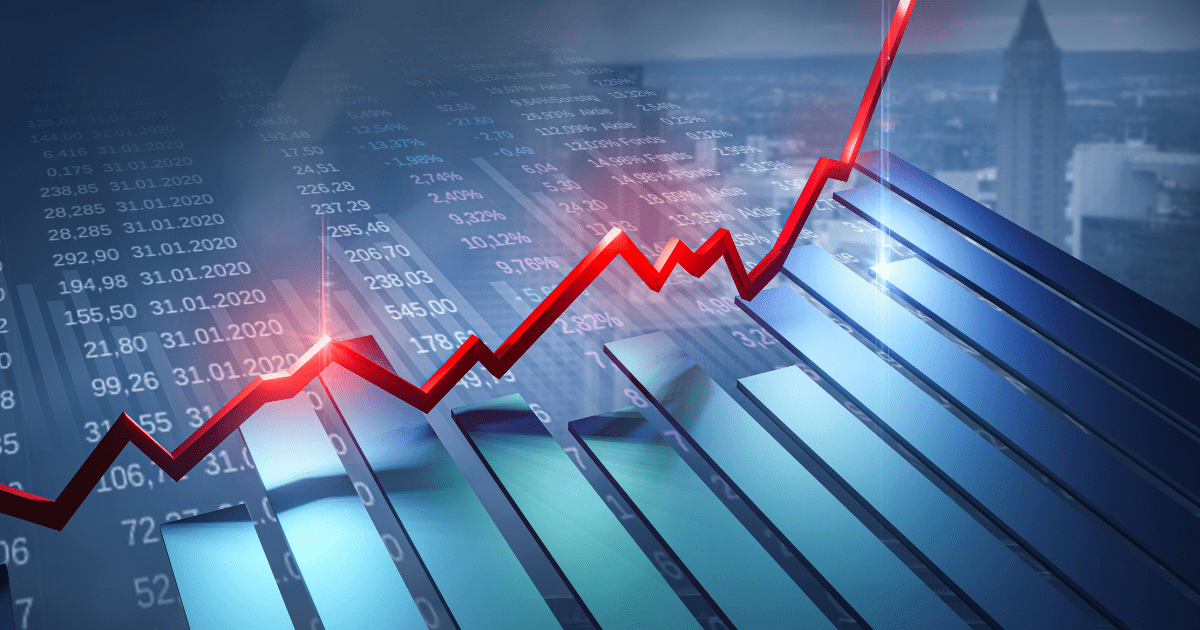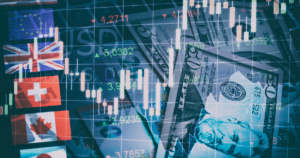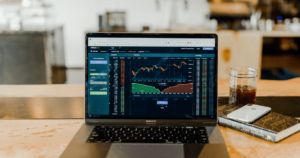What is PPI?
The Producer Price Index (PPI) is an economic indicator that measures the average changes in prices received by domestic producers for their goods and services over time. It provides valuable insights into inflationary pressures within an economy. PPI is often considered a leading indicator as changes in producer prices can have a ripple effect throughout the supply chain and eventually impact consumer prices.
PPI and Forex Trading
PPI data is particularly relevant to forex traders as it provides indications of potential inflationary trends. Inflation has a direct impact on a country’s currency value. Higher inflation may lead to a central bank tightening monetary policy, which can strengthen the currency. Conversely, lower inflation may prompt a central bank to adopt accommodative measures, potentially weakening the currency.
Interpreting PPI Data
When analyzing PPI data, it is essential to consider the following factors:
- Trend Analysis: Assessing the trend in PPI data helps identify inflationary or deflationary pressures. A consistent increase in PPI may suggest rising inflation, while a decline could indicate deflationary risks.
- Comparing PPI with CPI: The Consumer Price Index (CPI) measures changes in the prices paid by consumers for a basket of goods and services. Comparing PPI with CPI can provide insights into potential changes in profit margins for producers and the impact on consumer prices.
- Regional and Sectoral Variations: PPI data can vary across regions and sectors. It is crucial to analyze PPI on a regional and sectoral basis to gain a comprehensive understanding of the underlying dynamics.
- Impact on Monetary Policy: Central banks closely monitor PPI data as part of their decision-making process. A significant deviation from expectations in PPI figures may influence monetary policy decisions, such as interest rate adjustments.
Utilizing PPI in Forex Trading
Here are some ways in which forex traders can incorporate PPI data into their trading strategy:
- Fundamental Analysis: PPI data can be used as a fundamental tool to assess the overall health of an economy and identify potential trading opportunities. Positive PPI figures may indicate an expanding economy, providing a basis for bullish trading positions.
- Correlation Analysis: Traders can analyze the correlation between PPI data and currency pairs. A strong positive correlation between rising PPI and a particular currency can guide trading decisions.
- News Trading: Forex traders who engage in news trading can use PPI releases as an opportunity to capitalize on short-term market volatility. Rapid price movements can occur when PPI figures deviate significantly from market expectations.
- Risk Management: PPI data can also be used to manage risk by providing insights into potential inflationary or deflationary risks. Adjusting risk exposure based on PPI trends can help traders protect their positions during periods of heightened volatility.
Key Takeaways
- The Producer Price Index (PPI) is an economic indicator that measures changes in prices received by domestic producers over time.
- PPI data provides insights into inflationary pressures within an economy and is relevant to forex traders.
- Analyzing PPI trends and comparing them with other indicators like CPI can help identify potential trading opportunities.
- Incorporating PPI data into fundamental analysis, correlation analysis, and risk management strategies can enhance trading decisions.
In conclusion, understanding and effectively utilizing PPI data is a valuable tool for forex traders. By analyzing PPI trends, considering regional and sectoral variations, and incorporating it into trading strategies, traders can make more informed decisions and navigate the dynamic forex market successfully. Stay updated with PPI releases and leverage this essential economic indicator to maximize your trading potential.








